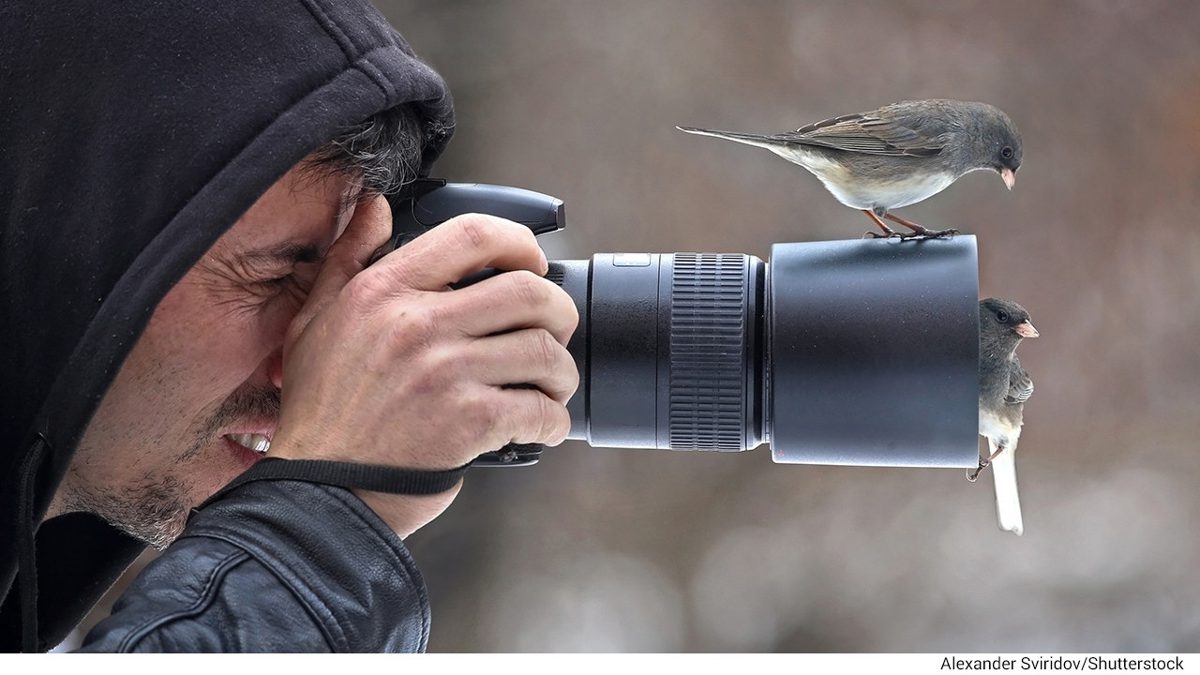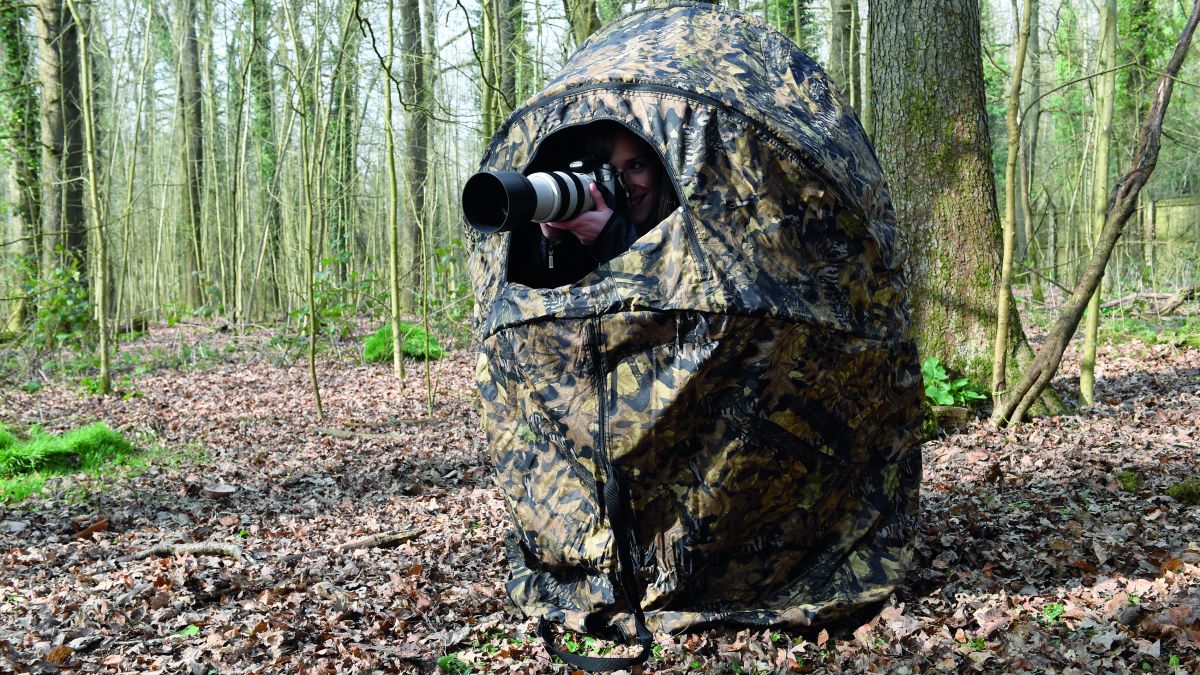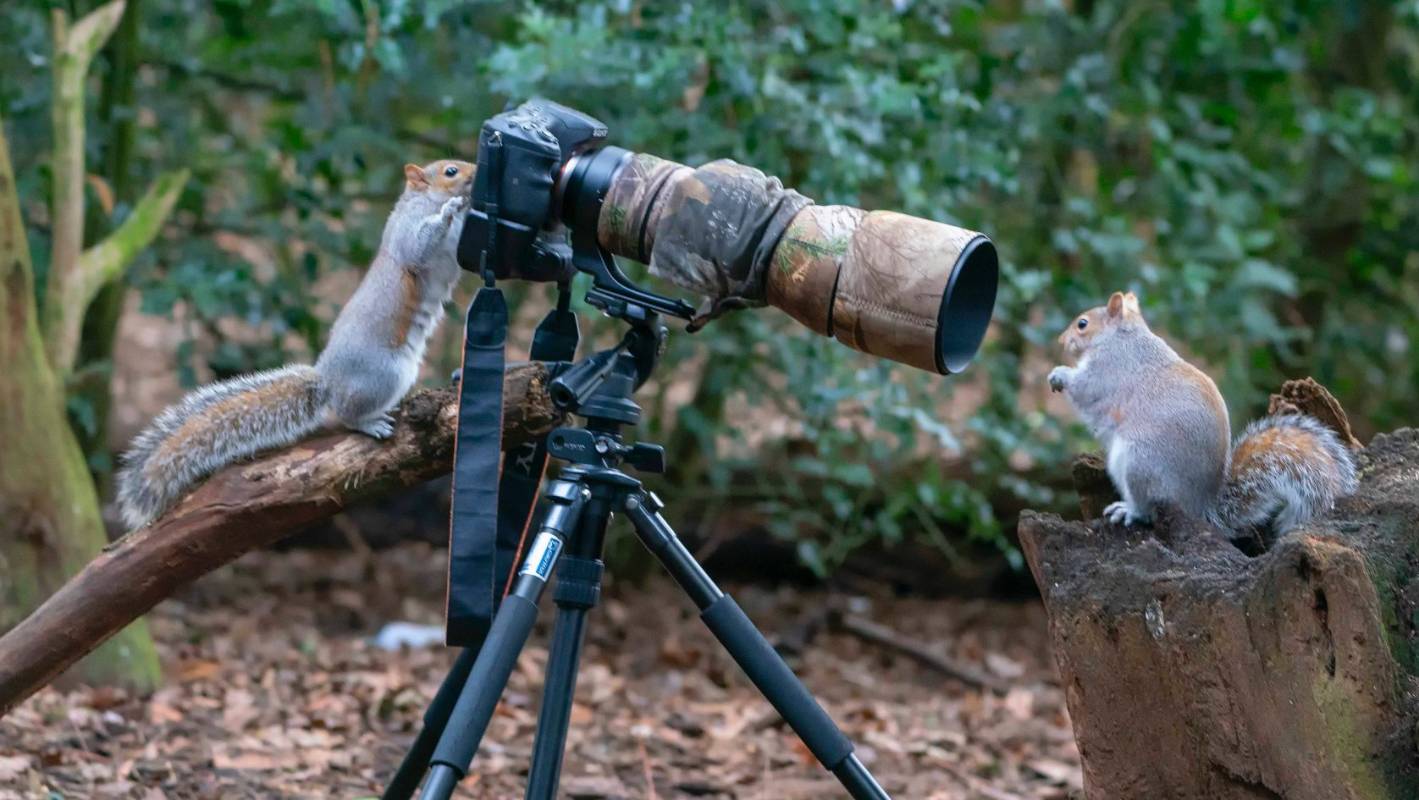If you are a nature lover with a passion for photography, then wildlife photography may just be the perfect hobby for you. But, do not let your excitement get the better of you. Before picking up your camera and going out into the wild to take some shots, you will need to keep some tips in mind. Wildlife photography, after all, isn’t as easy as a walk in the park. You will have to unlearn certain behaviors and internalize new ones. But, be assured that once you have assimilated these behaviors and mastered the basics of wildlife photography, the results will definitely captivate you.
First of all, you will need to learn the art of tracking. Wildlife photography often involves tracking an animal through miles of forestland, so you will have to learn how to follow paw marks, feces, and other animal identifiers. This means that you will have to have a great deal of patience. Remember that you are entering their territory, so you will have to work on their terms and bide your time. And speaking of time, remember that timing is very crucial in wildlife photography. Once the picture-perfect moment passes, you can recapture it. After all, you can’t ask a wild animal to kindly pose for a picture, can you?
You should also take extra care in choosing your clothes when going on a wildlife photography trip. Loud colors can distract the animals and scare them away, so it is best to wear clothing in warm earthen tones. Movement is also one thing that wild animals are very sensitive to. Sharp and sudden movements are sure to drive animals away, especially the nervous types such as deer. You will have to learn how to approach your subject the way predators stalk their prey. For safety purposes, both yours and the animal’s, you should be careful not to get too close. Remember that even mild-mannered animals can become dangerous when they feel threatened. And never, ever try to get eye contact with wild animals.
Considering the above precautions, it is therefore best to use a camera with a telephoto lens when photographing wildlife. Your camera should also allow you to manually set the aperture and shutter speed, and contain both auto-focus and manual focus options. Better yet, choose a camera that allows a manual override of all automatic functions. Your lenses should include a telephoto zoom that can reach up to 300mm, and a wide angle lens that can go up to 105mm. You will also need a few accessories like UV filter, polarizing filter, warming filter and lens hood. As soon as you have your equipment in place and the appropriate skills mastered, you should be ready to go on your “shooting” adventure.


